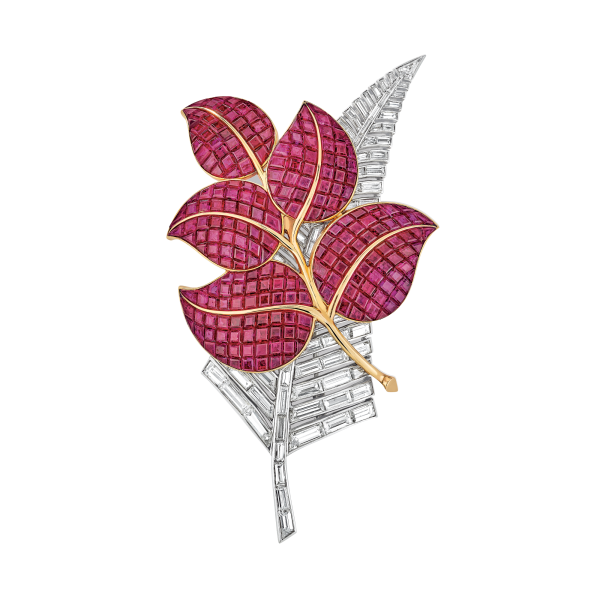Van Cleef & Arpels has always seen enriching and showcasing its heritage as an essential mission. The Maison presents the treasures of its heritage in a superb, recently published book entitled ‘The Van Cleef & Arpels Collection (1906-1953)’, with a forthcoming second volume covering the 1954-2000 period.
The Van Cleef & Arpels Heritage Collection was born in the early 1970s, when Jacques Arpels began buying back old pieces emblematic of the Maison’s style, with the aim of leaving a legacy for future generations. Every piece was chosen in line with a rigorous acquisition policy, retaining only original works. The archives therefore played an essential role, with prior consultation of drawings, creation deposits, product labels, manufacturing order books and special orders required as a prerequisite for the selection. Van Cleef & Arpels wanted a living and didactic Collection, and since the mid-1980s, heritage exhibitions have been presenting this collection to the public in renowned museums and Van Cleef & Arpels boutiques. The Galerie du Patrimoine – attached to the Place Vendôme boutique – is one of several examples.
A ‘map’ of jewelry time
Volume I of this vast work is essentially a ‘map’ of the Collection, highlighting its repertoire of shapes, stylistic variations, jewelry innovations, and its instinct for inventiveness and reinterpretation. An art book, a history book, and a reference work in the field of jewelry arts, this publication inscribes the Maison’s work into the great history of the arts.
As Nicolas Bos (previous CEO of the Maison, now head of the Richemont Group) puts it, “It was conceived in the style of a catalogue raisonné, i.e., the most complete possible inventory of an artist’s work”.
Volume I begins in 1906 – the year Van Cleef & Arpels was founded – and ends in 1954, a pivotal year that saw the birth of the ‘Boutique’ concept, opening up the collections to a younger, less conventional clientele, with an eye for a more personalized style, oriented towards ornamental stones and goldwork.
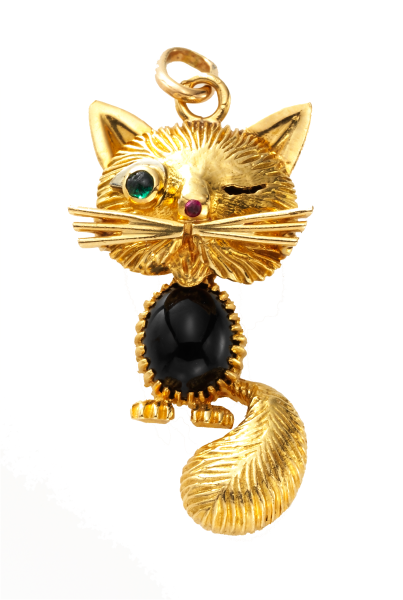
Dreams and science
This 670-page book is designed to be a comprehensive work based on a quasi-scientific approach, walking the line between emotion in the face of beauty and highly methodical research. While the Van Cleef & Arpels archives are an inexhaustible source of information, other collections were also consulted, particularly in France, from documentation centers and municipal archives to libraries and museums. The book includes a corpus of scientific texts written by art historians and the heads of the Maison’s Heritage Department. But it also offers invaluable insights into the history and evolution of society, the changing fashions that redesigned jewelry and invented new ways of wearing it, and the wars and crises that disrupted fortunes and attracted new customers that jewelers had to adapt to.
3 chapters, 3 eras
Devoted to the period between 1906 and 1953, the first volume looks at nearly 700 jewels, precious objects and timepieces, while rigorously examining 200 archival documents under the prism of the historical, artistic and cultural context in which they were created: the first half of the 20th century.
- Chapter 1. The creative boom (1906 – 1925)
Van Cleef & Arpels was established on Place Vendôme in 1906, and expanded rapidly thanks to the economic boom that preceded the First World War. Pearls and diamonds were in vogue at the time, and the company also produced precious objects such as compacts, kits and cigarette boxes. To keep pace with its growth, which did not seem to be hampered by the war, the House forged partnerships with renowned workshops such as Rubel (lapidary and fine jewelry), Langlois (objects), Lenfant (chain), Verger Frères (watches)…
This first chapter ends in 1925. A pivotal year in art history, it saw the ‘International Exhibition of Modern Decorative and Industrial Arts’ held in Paris, a major event that was a crowning moment of the Art Deco movement. Probably the most eloquent example of Van Cleef & Arpels’ adherence to this movement, the Fleurs Enlacées, roses rouges et blanches bandeau bracelet is an archetype of the style of the 1920s.

The bracelet featured in a set presented by the Maison at the 1925 Exhibition, an event at which it was awarded a Grand Prix for jewelry.
The infatuation with China and Japan also left its mark on the decorative arts from 1920 onwards. Van Cleef created ‘nécessaires’ in which women could store a few small essential items. These impressively chiseled, carefully crafted cases are small objets d’art, revealing meticulously enameled, lacquered, mother-of-pearl-, stone- and diamond-encrusted motifs inspired by the art of the Far East. They precede the arrival of the Maison’s iconic Minaudière.
Chapter 2. A unique identity (1926 – 1937)
The second chapter of the book focuses on the unprecedented creative rivalry that swept through the Maison in the aftermath of the 1925 Exhibition. In 1926, Renée Puissant, daughter of Alfred and Esther, was appointed Artistic Director of Van Cleef & Arpels. Under her impetus, the Maison encouraged the creation of pieces with an original and unique style, in line with the stylistic evolutions of the decorative arts. The Cercle brooch (1930), the Minaudière (1933), the Ludo bracelet (1934) and the Cadenas watch (1935) bear witness to the Maison’s innovation and daring.
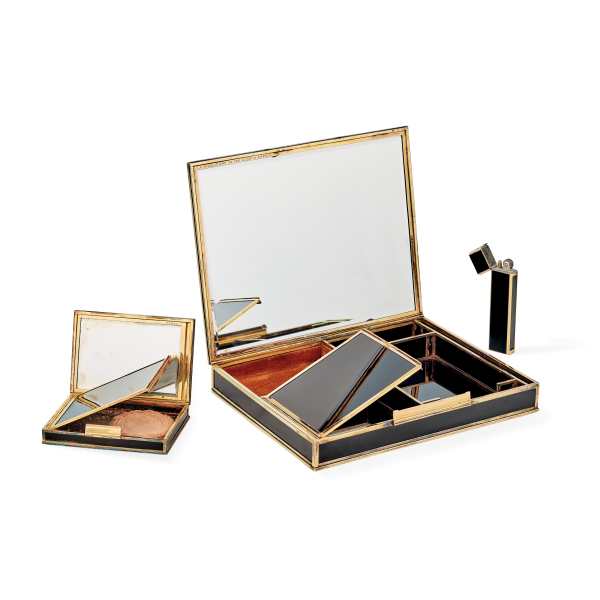
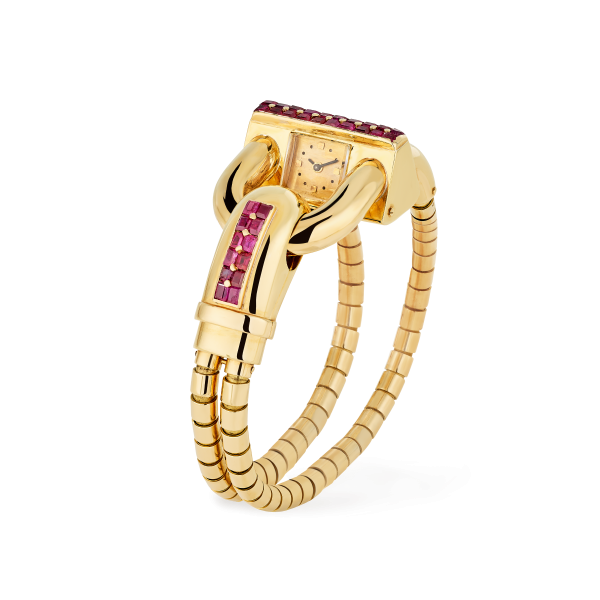
© Van Cleef & Arpels SA – 2023
These jewels and objects are a strong signature of the jeweler’s stylistic identity to this day. The Art Deco influence was in full swing here, as evidenced by the geometrically shaped jewels with their distinctive gold flatwork. In 1933, Van Cleef & Arpels patented the famous Serti Mystérieux, another of the Maison’s signature pieces that proved to be timeless.
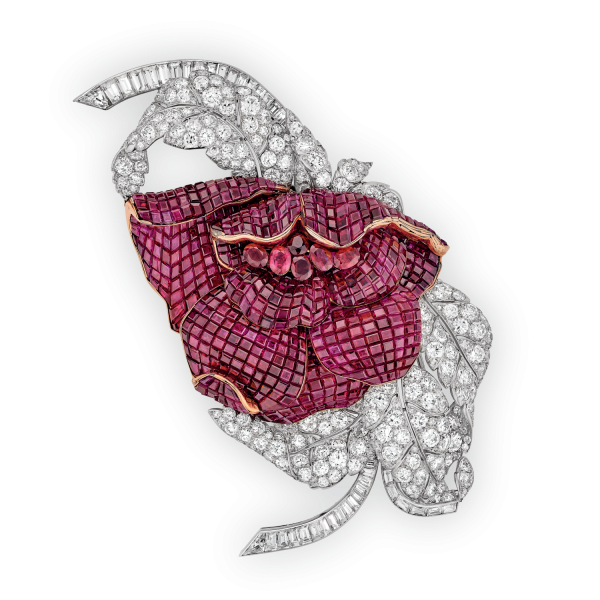
- Chapter 3. From Paris to New York (1938 – 1953)
The third part of Volume 1 begins with the Maison’s expansion across the Atlantic. Following on from the 1937 Paris World’s Fair, the 1939 New York World’s Fair helped Van Cleef & Arpels pave the way for a permanent presence in the United States, expanding its subsidiary there in the 1940s. While Van Cleef & Arpels’ links with the world of dance go back to the 1920s in Paris (Louis Arpels was a ballet enthusiast and often went to the Opéra), it was in 1940 that the company’s first ballerina clips were created at its New York subsidiary.
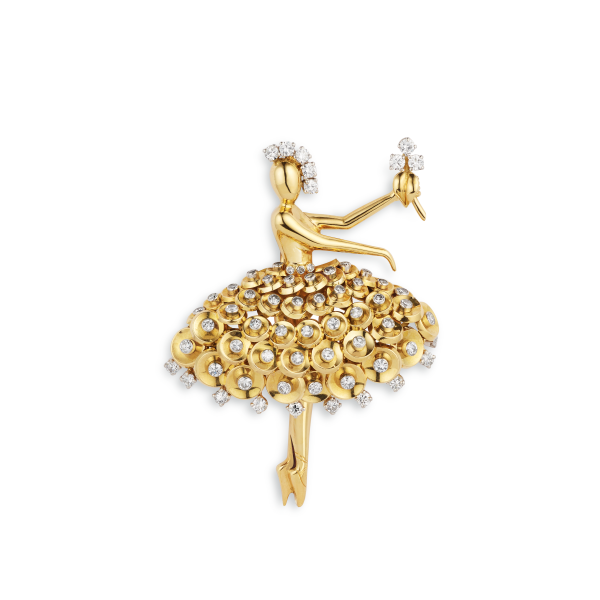
Among the innovations presented at the 1939 New York World’s Fair were the Passe-Partout jewels. A daring combination of traditional floral naturalism and modernist functionality, this piece ripped up the jewelry rulebook. Patented in 1938, the Passe-Partout’s tranformability is what makes it unique, as its name suggests (all-purpose, in English).
Just before the war, a certain carefree spirit still shone in a world on the brink of collapse. Sumptuous pieces typical of the ‘white jewelry’ period (platinum and diamonds) which has been in vogue since the 1920s. These include some of the finest jewels in the Maison’s heritage, such as the Collerette, a sublime necklace of light made for Queen Nazli of Egypt.
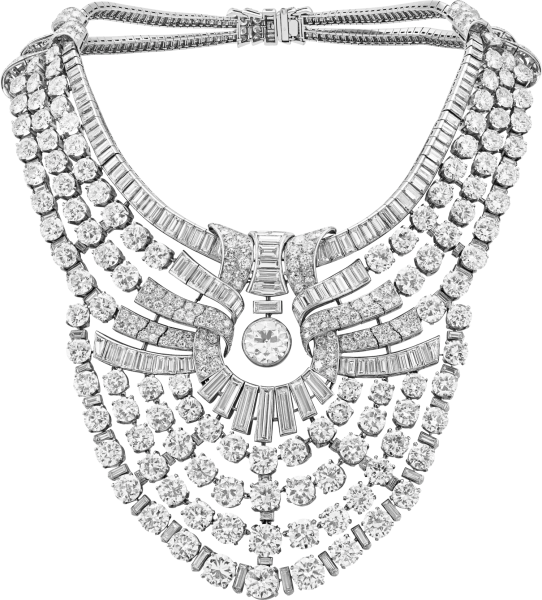
The 2 volumes of the book are but the continuation – the cornerstone, even – of the mission Van Cleef & Arpels has set itself. One that involves helping the general public discover a universal jewelry heritage – whether the Maison’s own heritage or otherwise – through ongoing initiatives. The Ecole des Arts Joailliers – now located in The Hôtel de Mercy-Argenteau in 16 bis Bd Montmartre – and the Galerie du Patrimoine, Place Vendôme, are tangible examples of this.
‘The Van Cleef & Arpels Collection (1906-1953)’ published by Atelier EXB
Three versions: French, English, Chinese – Hardcover, 21 x 28 cm – 678 pages – 700 works, 200 archive documents – €220
Currently on at the Galerie du Patrimoine, Place Vendôme from June 21, 2024 to January 13, 2025, the exhibition ‘Van Cleef & Arpels: a walk through the heart of a jewelry garden’ showcases a theme emblematic of the Maison’s history, style and deep-seated identity. The exhibition features 52 precious pieces and objects from the jeweler’s Heritage Collection, some of which have never been shown before.
